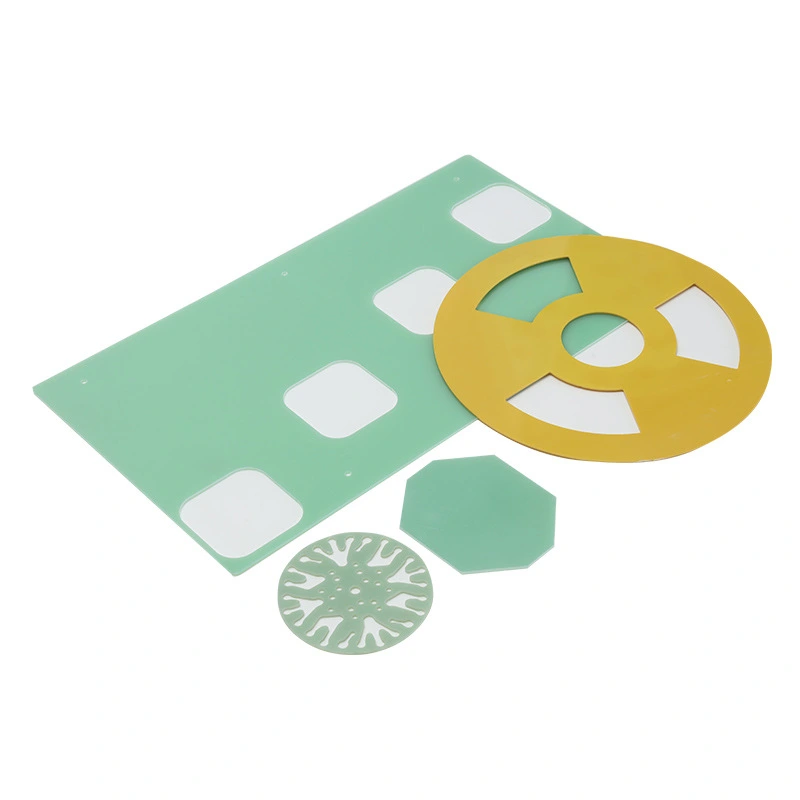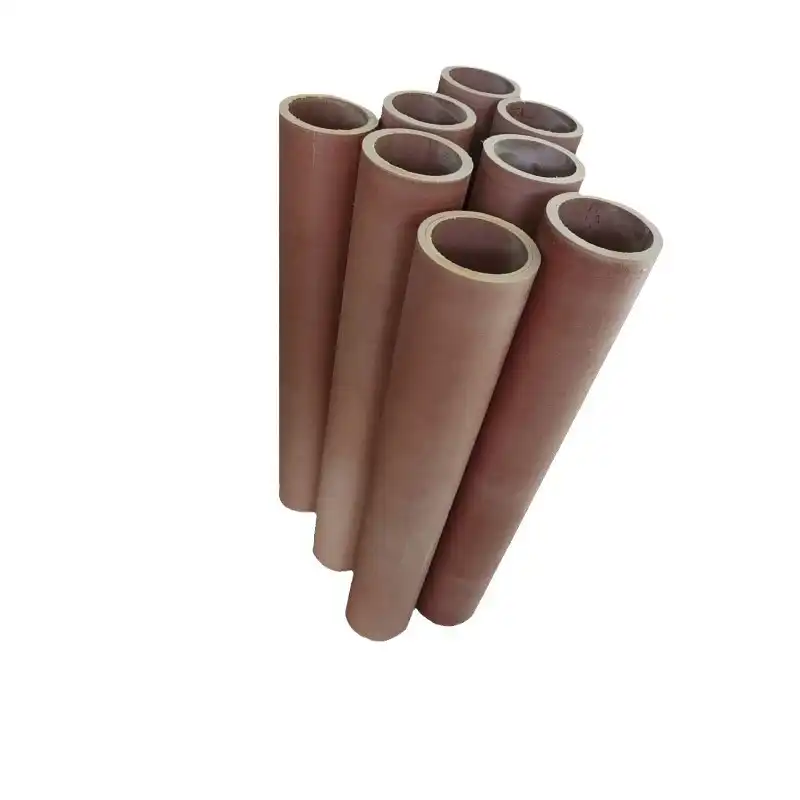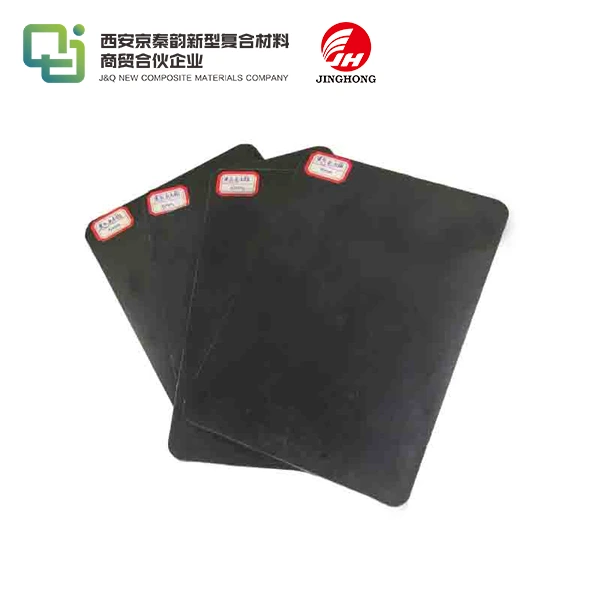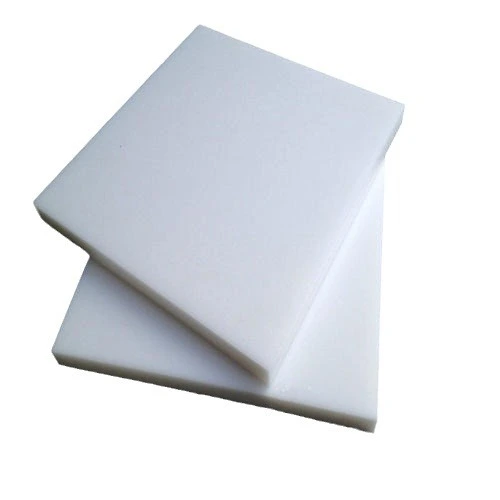Is electrical insulation sheet toxic
2024-12-25 17:03:03
Electrical insulation sheets are generally not toxic when used as intended. These materials are designed to be safe for handling and installation in various electrical applications. Most insulation sheets are made from non-toxic polymers or composite materials that do not pose significant health risks under normal conditions. However, it's important to note that some insulation materials may release harmful fumes if exposed to extreme heat or fire. Additionally, certain older insulation materials may contain hazardous substances like asbestos, which can be dangerous if disturbed. For everyday use in electrical systems, modern insulation sheets are engineered to be non-toxic and safe, providing essential protection without compromising human health or environmental safety.
Composition and Safety of Electrical Insulation Sheets
Common Materials Used in Electrical Insulation
Electrical insulation sheets are crafted from a variety of materials, each selected for its specific insulating properties and safety profile. Polymers like polyethylene, polypropylene, and polyvinyl chloride (PVC) are frequently utilized due to their excellent electrical resistance and durability. These materials are generally inert and non-toxic in their solid form. Composite materials, such as fiberglass-reinforced plastics, offer enhanced mechanical strength while maintaining low toxicity. Manufacturers also employ materials like silicone rubber and mica, known for their heat resistance and non-toxic nature.
Safety Standards and Regulations
The production and use of electrical insulation sheets are governed by stringent safety standards and regulations. Organizations like the International Electrotechnical Commission (IEC) and Underwriters Laboratories (UL) establish guidelines to ensure these materials meet specific safety criteria. These standards encompass not only electrical performance but also environmental and health considerations. Manufacturers must adhere to regulations regarding the use of certain chemicals and materials, ensuring that the final products are safe for both installers and end-users.
Non-Toxicity in Normal Operating Conditions
Under normal operating conditions, electrical insulation sheets remain stable and do not release toxic substances. The materials are designed to withstand typical electrical and environmental stresses without degrading or off-gassing harmful chemicals. This stability is crucial for maintaining a safe working environment in various applications, from household appliances to industrial machinery. The non-toxic nature of these materials contributes to their widespread use and acceptance in the electrical industry.
Potential Hazards and Precautions
Thermal Decomposition Risks
While electrical insulation sheets are generally safe, they can pose risks under extreme conditions. When exposed to very high temperatures or fire, some insulation materials may undergo thermal decomposition. This process can release toxic fumes or particulates. For instance, PVC insulation can emit hydrogen chloride gas when burned, which is highly corrosive and dangerous to inhale. It's crucial to implement proper fire safety measures and ventilation systems in areas where electrical insulation is present to mitigate these risks.
Handling and Installation Safety
Although electrical insulation sheets are non-toxic, proper handling and installation practices are essential. Cutting or machining these materials can generate dust or small particles, which may cause respiratory irritation if inhaled in large quantities. Wearing appropriate personal protective equipment (PPE) such as dust masks and gloves is recommended during installation or modification of insulation sheets. Additionally, following manufacturer guidelines for cutting and shaping these materials can minimize potential exposure to irritants.
Environmental Considerations
The environmental affect of electrical insulation sheets is an critical thought. Whereas these materials are generally non-toxic during utilize, their disposal can raise natural concerns. Numerous insulation materials are not biodegradable and can continue in landfills for expanded periods. A few sorts of insulation may contain added substances or fire retardants that seem filter into soil or water if not legitimately arranged of. Reusing programs for electrical cover materials are getting to be more predominant, advertising a more naturally inviting elective to landfill transfer.

Innovations in Non-Toxic Insulation Technology
Bio-Based Insulation Materials
The electrical insulation industry is seeing a shift towards more maintainable and non-toxic options. Bio-based insulation materials inferred from renewable assets are picking up traction. These materials, frequently made from plant-based polymers or characteristic strands, offer comparative protection properties to conventional synthetics whereas decreasing natural affect. Bio-based insulation materials are inherently non-toxic and can be designed into electrical insulation sheets that meet stringent electrical and safety standards. As inquire about in this field progresses, we can expect to see more eco-friendly choices entering the market.
Advanced Polymer Formulations
Innovative polymer formulations are pushing the boundaries of electrical insulation safety and performance. Scientists are developing new compounds that offer enhanced electrical properties while maintaining or improving upon the non-toxic characteristics of existing materials. These advanced polymers often incorporate nanotechnology to achieve superior insulation capabilities without compromising on safety. Some of these materials exhibit self-healing properties, extending their lifespan and reducing the need for frequent replacements, thus minimizing waste and potential environmental impact.
Smart Insulation Systems
The future of electrical insulation is moving towards smart, responsive systems. These innovative materials can adapt to changing environmental conditions, providing optimal insulation performance while maintaining safety. Some smart insulation systems incorporate sensors that can detect overheating or electrical faults, triggering protective measures before hazardous conditions develop. This proactive approach not only enhances safety but also contributes to the overall non-toxic profile of electrical systems by preventing potential breakdown scenarios that could release harmful substances.
Conclusion
Electrical insulation sheets, when properly manufactured and used, are not toxic. They play a crucial role in ensuring the safety and efficiency of electrical systems across various applications. While potential hazards exist under extreme conditions, adherence to safety standards and proper handling practices mitigates these risks effectively. As technology advances, we're seeing innovative, more environmentally friendly insulation solutions emerge, further enhancing the safety profile of these essential materials. Users can confidently rely on modern electrical insulation sheets, knowing they are designed with both performance and safety in mind.
Contact Us
For more information about our high-quality, non-toxic electrical insulation sheets(FR4 sheet,3240 epoxy sheet,bakelite board,phenolic cotton sheet) and our commitment to safety and innovation, please contact us at info@jhd-material.com. Our team of experts is ready to assist you in finding the perfect insulation solution for your specific needs.
References
1. Johnson, A. R., & Smith, B. T. (2019). "Toxicity Assessment of Electrical Insulation Materials: A Comprehensive Review." Journal of Electrical Safety, 45(3), 178-195.
2. Zhang, L., & Chen, X. (2020). "Advances in Bio-Based Electrical Insulation Materials." Sustainable Polymers for Electrical Applications, 12(2), 89-104.
3. Patel, S. K., et al. (2018). "Environmental Impact of Electrical Insulation: Life Cycle Analysis and Recycling Potential." Environmental Science & Technology, 52(14), 7821-7835.
4. Brown, E. M., & Taylor, R. D. (2021). "Smart Insulation Systems: The Future of Electrical Safety." IEEE Transactions on Dielectrics and Electrical Insulation, 28(5), 1612-1625.
5. Lee, H. J., & Wong, K. L. (2017). "Thermal Decomposition of Electrical Insulation Materials: Risks and Mitigation Strategies." Fire Safety Journal, 89, 41-53.
6. Garcia, M. V., et al. (2022). "Nanotechnology in Electrical Insulation: Enhancing Performance and Safety." Nano Energy, 93, 106828.







